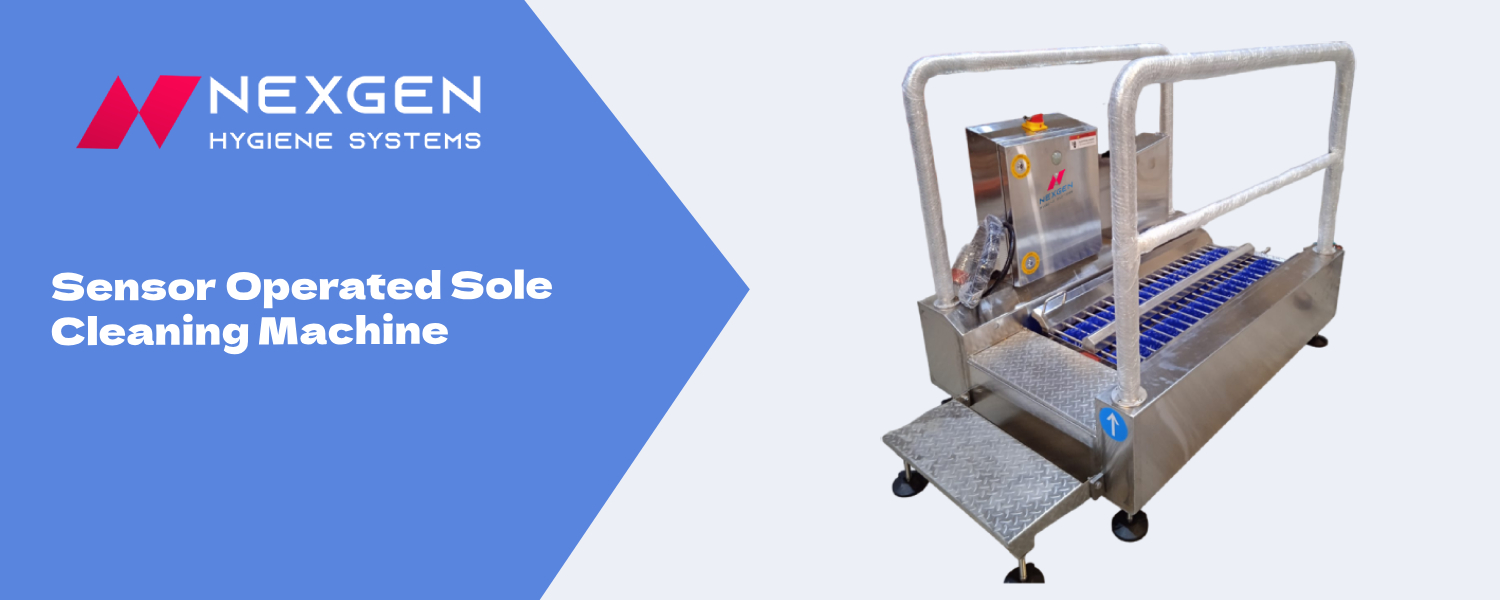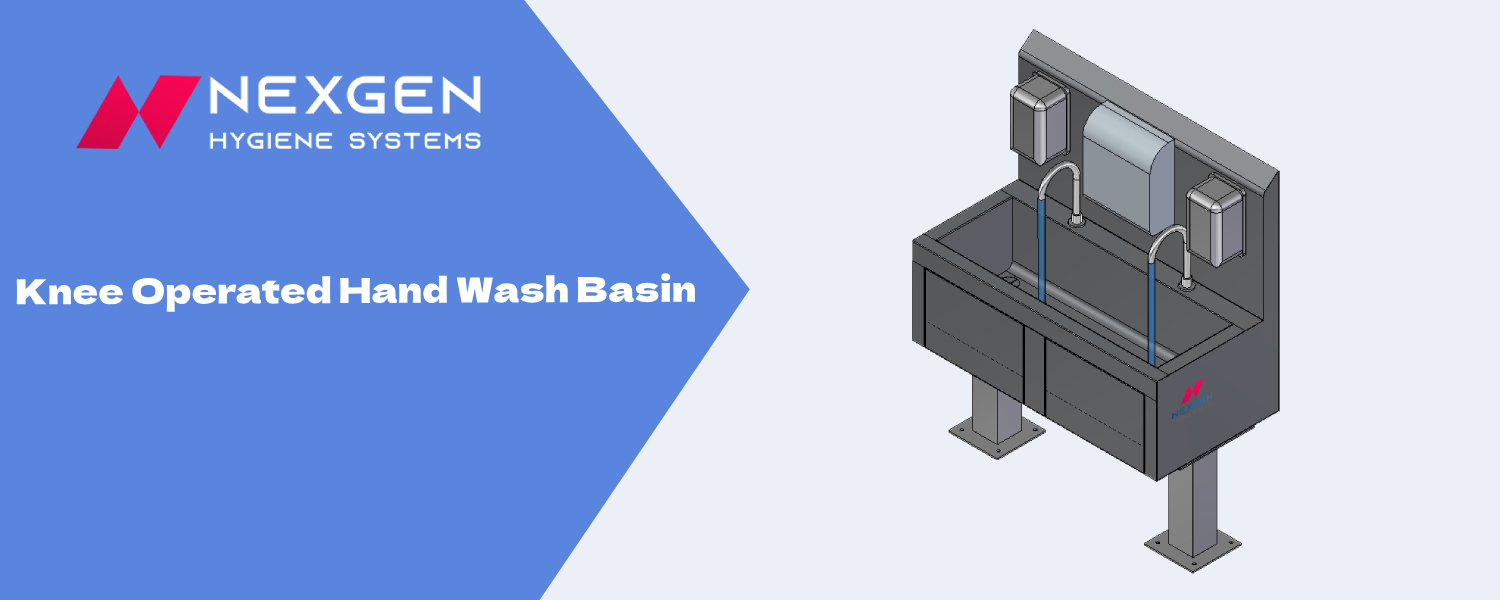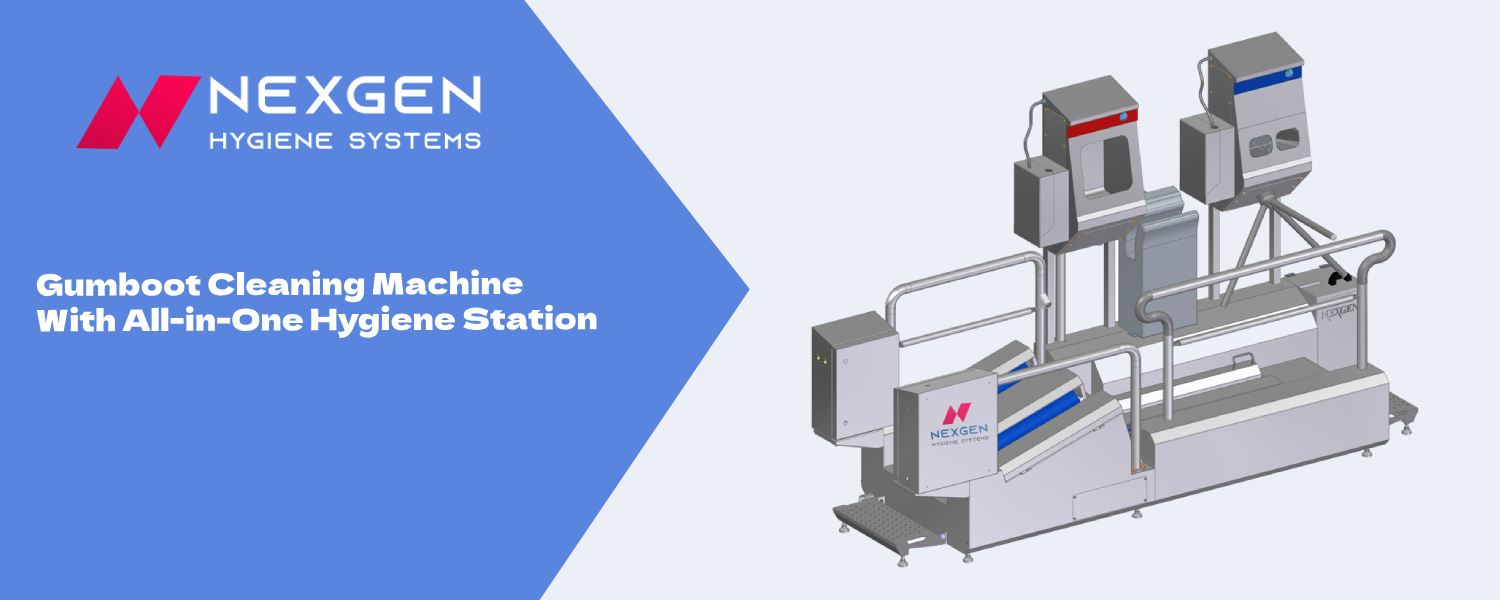Here’s the truth: A single contaminated surface can compromise your entire facility’s safety. Whether it’s hands, shoes, or work boots, germs find their way in, and without the right hygiene station, they stay there.
That’s why you need a hygiene station installed at your facility.
But here’s the challenge: with so many options out there, how do you choose one that is the right fit for your business operations?
In this guide, we’ll walk you through everything you need to know to pick the perfect hygiene station for your space. We’ll cover key considerations and must-have features and even introduce you to some of the innovative solutions we offer.
So, let’s get going!
Why Hygiene Stations Matter More Than Ever
Before we get into the nitty-gritty of choosing a hygiene station, let’s talk about why they’re so important.
Hygiene stations aren’t just about handwashing or sanitizing; they’re about creating a culture of cleanliness and safety.
Whether you’re running a manufacturing unit, a healthcare facility, or a food processing plant, hygiene stations play a critical role in:
Preventing the Spread of Germs
Proper hand hygiene reduces the risk of infections and illnesses.
Boosting Employee and Visitor Confidence
When people see that you prioritize hygiene, they feel safer and more comfortable.
Meeting Compliance Standards
Many industries have strict regulations around sanitation, and having the right equipment ensures compliance.
Enhancing Your Facility’s Image
Cleanliness reflects professionalism and care.
Now that we’ve established why hygiene stations are essential let’s explore how to choose the right one for your facility.
Step 1: Assess Your Requirements
The first step in choosing a hygiene station is understanding your facility’s unique requirements. Not every facility is the same, and what works for a hospital might not work for a school or warehouse. Ask yourself these questions:
1. Who Will Be Using the Station?
- Are you catering to employees, visitors, students, patients, or customers?
- For example, a children’s school may need child-friendly designs, while a hospital might require touchless, hygienic solutions.
2. What Is Foot Traffic Like?
- High-traffic areas like malls or airports need durable, high-capacity stations.
- Low-traffic spaces like small offices can opt for compact, cost-effective options.
3. Where Will the Station Be Placed?
- Consider the location—entrances, exits, cafeterias, restrooms, or production floors.
- Ensure the station fits seamlessly into the space without causing congestion.
4. What Type of Hygiene Products Will You Offer?
- Hand sanitizers, soap dispensers, paper towels, or waste bins? Decide based on your facility’s needs and user preferences.
By answering these questions, you’ll have a clearer picture of what kind of hygiene station will best serve your facility.
Step 2: Choose the Right Type of Hygiene Station
Once you’ve assessed your needs, it’s time to explore the different types of hygiene stations available.
Here’s a breakdown of our top offerings:
1. Sensor Operated All-in-One Hygiene Station
What It Does: This all-in-one solution combines multiple hygiene functions—hand sanitization, sole cleaning, and waste disposal—in a single, compact unit.
Why You’ll Love It:
- Fully touchless operation minimizes cross-contamination.
- Ideal for high-traffic areas like entrances, lobbies, and production floors.
- Sleek, modern design that blends seamlessly into any environment.
Best For: Facilities looking for a comprehensive and space-saving solution.
2. Sensor Operated Sole Cleaning with Hand Disinfection
What It Does: Combines automatic hand sanitization with sole cleaning to ensure full-body hygiene.
Why You’ll Love It:
- Dual functionality ensures both hands and feet are sanitized.
- Perfect for environments where foot traffic introduces contaminants, such as hospitals or cleanrooms.
- Low maintenance with easy-to-clean surfaces.
Best For: Healthcare facilities, labs, and food processing plants.

3. Sensor Operated Sole Cleaning Machine
What It Does: Focuses exclusively on sanitizing footwear to prevent dirt and germs from entering your facility.
Why You’ll Love It:
- The touch-free operation ensures maximum hygiene.
- Compact design fits easily into tight spaces.
- Reduces the spread of pathogens brought in by shoes.
Best For: Schools, offices, and industrial settings.

4. Knee Operated Hand Wash Basin
What It Does: A hands-free handwashing station operated by knee pressure.
Why You’ll Love It:
- Eliminates the need for hand contact, reducing germ spread.
- Durable construction ensures long-term use.
- Cost-effective and easy to install.
Best For: Outdoor events, construction sites, and remote locations.

What It Does: Allows users to operate the faucet using their feet, ensuring no hand contact with the unit.
Why You’ll Love It:
- The simple yet effective design promotes hygiene.
- Great for areas without access to electricity or sensors.
- Affordable and eco-friendly option.
Best For: Rural facilities, schools, and temporary setups.

6. Gumboot Cleaning Machine with All-in-One Hygiene Station
What It Does: Combines gumboot (work boot) cleaning with an all-in-one hygiene station for hand and sole sanitation.
Why You’ll Love It:
- Specifically designed for industries where workers wear heavy boots, such as manufacturing or agriculture.
- Ensures thorough cleaning of footwear and hands.
- Enhances workplace safety and compliance.
Best For: Industrial facilities, warehouses, and farms.

7. Exit Turnstile with Hygiene Integration
What It Does: Integrates hygiene features like hand sanitization and sole cleaning into an exit turnstile.
Why You’ll Love It:
- Streamlines hygiene and security in one unit.
- Prevents unauthorized exits while ensuring cleanliness.
- Space-efficient and highly functional.
Best For: High-security facilities like airports, stadiums, and corporate offices.

Step 3: Evaluate Key Features
Not all hygiene stations are created equal. Here are some key features to look for when making your decision:
Dispenser Type
- Manual Dispensers: Affordable but require physical contact, which can spread germs.
- Automatic Dispensers: Touchless and hygienic, powered by sensors or foot pedals.
- Refillable vs. Disposable: Refillable dispensers are eco-friendly, while disposable ones are convenient but generate more waste.
Material and Durability
- Look for stations made from durable materials like stainless steel or high-grade plastic, especially for high-traffic areas.
- Ensure the unit is easy to clean and resistant to wear and tear.
Capacity
- Consider how often the station will need refilling. Larger capacities reduce maintenance frequency but may take up more space.
Mobility
- If you need flexibility, opt for stations with wheels or lightweight designs that can be moved as needed.
Aesthetics
- While functionality is key, don’t underestimate the importance of design. A sleek, modern station can enhance your facility’s overall look.
Step 4: Set a Budget (Without Compromising Quality)
Let’s face it; budget is always a factor. However, it’s important to strike a balance between cost and quality.
Here’s how:
- Upfront Costs vs. Long-Term Savings: While cheaper options may seem appealing, investing in durable, high-quality stations can save money in the long run by reducing repairs and replacements.
- Maintenance Costs: Factor in ongoing expenses like refills, cleaning, and repairs.
- Bulk Discounts: If you’re outfitting a large facility, inquire about bulk pricing or package deals.
Remember, cutting corners on hygiene can harm your facility’s reputation and even lead to health risks. In other words, prioritize value over price.
Step 5: Test and Train
Once you’ve installed your hygiene stations, don’t stop there. Proper implementation is just as important as selection. Here’s what to do next:
- Test the Equipment: Ensure everything is functioning correctly before going live.
- Train Staff: Educate employees on how to use and maintain the stations.
- Promote Usage: Use signage or announcements to encourage consistent use.
For example, placing a sign that says, “Clean Hands Save Lives” near the station can remind users of its importance.
Final Thoughts: Make Hygiene a Priority
Choosing the right hygiene station for your facility doesn’t have to be overwhelming. By assessing your needs, exploring options, and prioritizing quality and sustainability, you can create a safe and welcoming environment for everyone who enters your space.
And if you’re unsure where to start, don’t hesitate to consult experts. Many companies specialize in designing and installing custom hygiene solutions tailored to your facility’s unique requirements.
At the end of the day, investing in the right hygiene station isn’t just about compliance; it’s about showing your employees, visitors, and customers that their health and safety matter to you.
Start by evaluating your current setup and identifying areas for improvement. Need help? Reach out to us to help you go through the process and recommend the best solutions for your facility.
